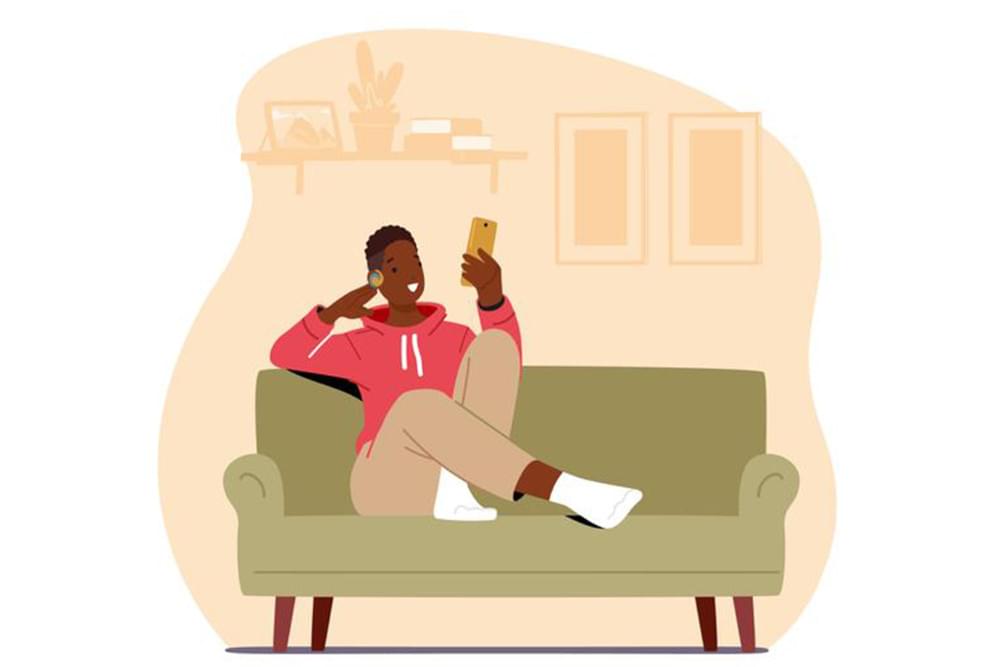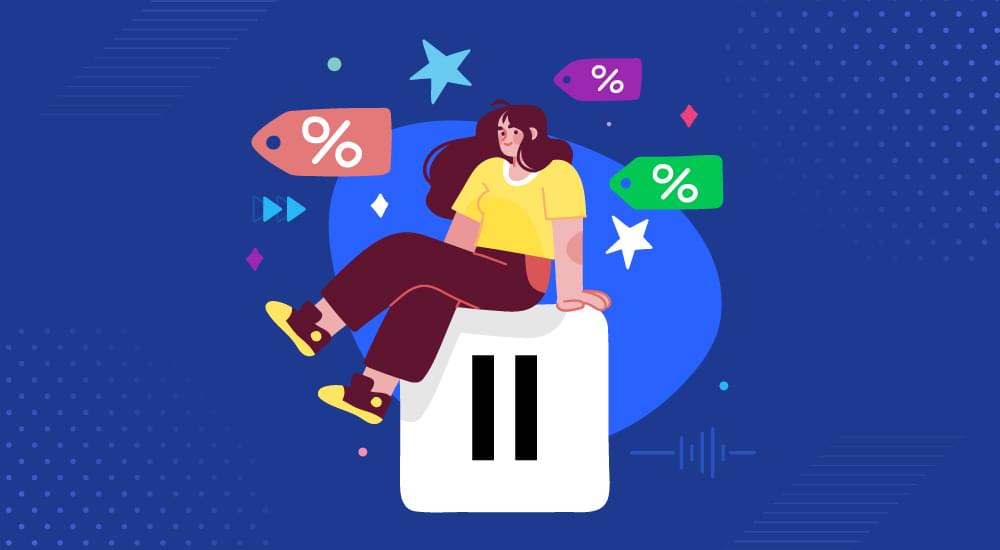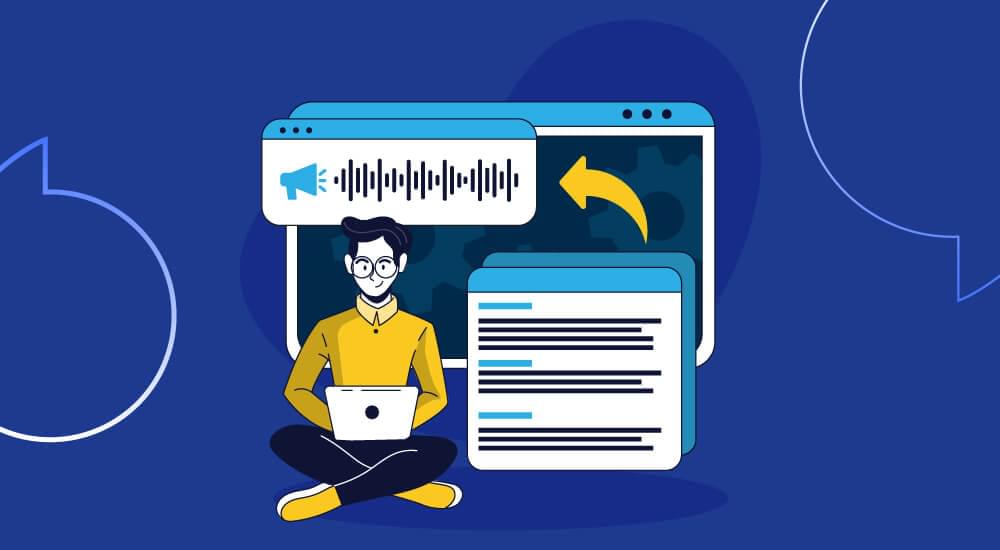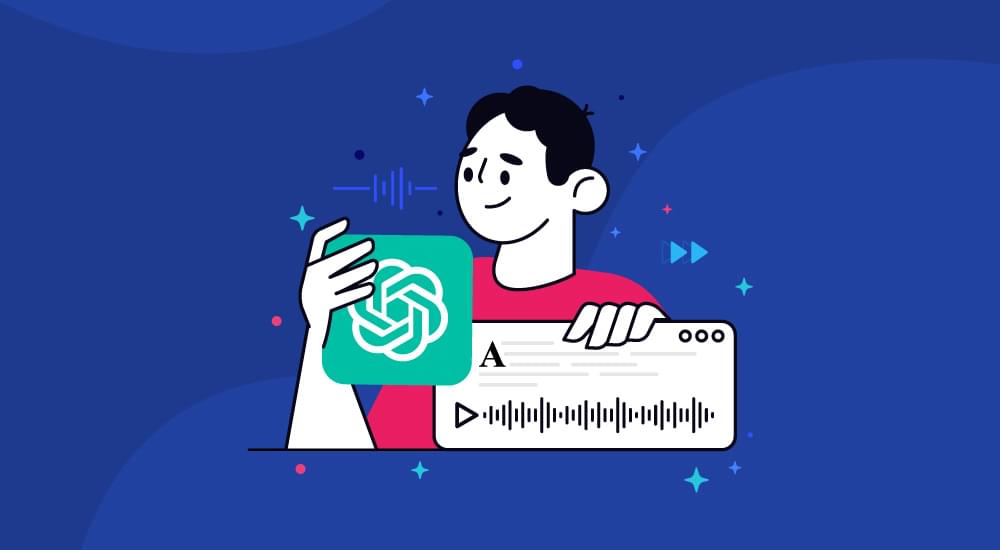text to speech tutorials
20 Best Ways Text to Speech Technology Can be Used In 2023
The use of text-to-speech technology has come a long way in the last few years. For being used in various applications, from navigation systems to e-learning tools—its everywhere!
Here are 20 ways text-to-speech technology can be used in 2023:
Navigation systems: Text-to-speech helps in providing turn-by-turn directions, street names, and points of interest.
E-learning tools: Text-to-speech can help provide auditory feedback for online quizzes and exams. It can also be best for creating audio versions of online articles and textbooks. This way the text to speech technology can be used in e-learning tools.
Accessibility applications: Text-to-speech has been helping people with auditory feedback for people with visual impairments. It’s great to create audio versions of printed materials, such as books, magazines, and newspapers.
Translation applications: The use of text-to-speech technology is an excellent source for real-time translation of foreign language text.
Social media applications: Text-to-speech can read tweets, status updates, and comments aloud.
Voice search applications: The use of text-to-speech technology is good for seeking quick results for voice search queries.
Messaging applications: The use of text-to-speech technology is great for listening to text messages aloud.
Virtual assistants: The use of text-to-speech technology is great for creating virtual assistants that respond to spoken commands.
Customer service applications: The use of text-to-speech technology provides automated customer services, such as account balance information or product recommendations.
Telephony applications: The use of text-to-speech technology provides caller ID information and read-aloud voicemail messages.
Alarm clock applications: The use of text-to-speech technology is great for reading aloud the time and any alarms set.
Weather applications: The use of text-to-speech technology is great for reading aloud the current weather conditions and forecasts.
Sports applications: Text-to-speech can read sports scores, statistics, and news stories aloud.
Financial applications: Text-to-speech can read stock prices, currency exchange rates, and other financial news aloud.
News applications: The use of text-to-speech technology is great for reading aloud news stories from a variety of sources. This makes it easy to for making content accessible for journalism.
Podcast applications: Text-to-speech can help to create audio versions of podcasts.
Audiobook applications: Text-to-speech can help to create audio versions of eBooks.
Music applications: Text-to-speech is helpful in creating song lyrics or other musical content.
Game applications: Text-to-speech can be used for character dialogue or other in-game text.
Miscellaneous applications: The use of text-to-speech technology for a variety of other purposes, such as reading aloud website content or providing auditory feedback for computer commands.

11 Famous text to speech use cases
The use of text-to-speech technology has been around for quite a while now, and it’s no surprise that people use it in many different ways. Here are eleven famous text to speech use cases that you might not have considered.
1. The use of text-to-speech technology in educational settings.
Whether it’s for students who are struggling with reading or for those who prefer to listen to information, the use of text-to-speech technology is a great way to provide content. Several software programs, such as WebsiteVoice, offer text-to-speech capabilities, so educators can find one that best meets their needs. WebsiteVoice is the top-of-the-line choice for both teachers and students. It can help, such as:
- Students can transcribe videos into text with just one click.
- Students can convert text-based notes into audio.
- Audio lessons are good for multitasking and revisions. Listening to them out while traveling, exercising, or doing any other tasks that don’t require much of your brain’s attention. They save lots of time for students as they get busy with other tasks such as laundry, grocery, and other tasks.
2. Many people with visual impairments rely on text-to-speech.
Since text-to-speech can be used to read text aloud, it’s a great way for visually impaired people to access information. One of the best choices for people is WebsiteVoice, as it’s one platform-audio-solution for visually impaired people.
Therefore, this is the reason from entrepreneurs to content creators and educational organizations to visually impaired people— all rely on WebsiteVoice for their daily and business lives. With one click, they can convert text-based content from e-books, blogs, websites, or any platform.
3. Wikipedia audio articles:
Another famous text-to-speech use case is the creation of audio versions of Wikipedia articles. This is an ongoing project that several different volunteers manage. The goal is to provide an audio version of every single Wikipedia article so that people who are blind or have low vision can still access this important resource. You can integrate both online and offline platforms with WebsiteVoice to convert all Wikipedia content into audio blogs.
4. Audio technology is in use to create audiobooks.
If you’ve ever wanted to listen to a book but don’t have the time to sit down and read it, you can use text-to-speech to create an audiobook. There are several different ways to do this, but one popular method is to use a program like WebsiteVoice to convert the text into audio.
All you have to do is to integrate WebsiteVoice with your written text. With a single click, you can hear the textbook in audio. Listening to ebooks on the go, in your favorite voice and desired language, is possible with WebsiteVoice.

5. Voice technology is a famous source for transcribing audio recordings.
Transcribing is an old industry that has been helping millions of people get information in their desired format. If you have an audio recording that you want to be able to read, you can use text-to-speech software to transcribe it. This can be helpful if you want to create written notes from an audio recording or if you want to be able to read the transcript at your convenience.
- Transcribing has been used for ages by the medical industry, helping doctors and patients with smooth medical procedures and helping in several medical discoveries as well. Recently, automation and AI technology have thrived, and transcribing the bulk of medical records in any language is possible—helping doctors and medical agents with fast and smooth medical processes. The quality-oriented transcription proves to be a great asset for scientific research. Therefore, medical agents prefer to use Automation-powered and intelligent tools for medical transcriptions—as such tools can pick all complex medical terms efficiently and render quality.
- The law industry greatly benefits from transcriptions for smooth and secure legal procedures. Intelligent technology is powering up tools that can do a wonderful job in the law industry. The legal work is highly sensitive and requires air-tight security and proficient quality—without these three elements; legal cases can go upside down. Moreover, legal work is a highly time-sensitive field—you may require bulks of data in a few hours. Therefore, the legal industry requires an efficient transcription and text-to-speech tool to address all their needs.
- The education industry is not any less behind when it comes to transcribing audio lectures. In this fast-paced world, the use of TTS technology is what every teacher and student needs. Since the pandemic, WebsiteVoice has been the top choice of teachers and students for converting audio lectures into text with 99% quality.
6. People use text-to-speech technology for accessibility purposes.
Accessibility of content is a legal right for everyone—all government bodies, educational organizations, and businesses are legally required to make their content accessible to everyone. There are several different ways that text-to-speech can be used for accessibility purposes. For example, it can be used to create captions for videos or podcasts so that people who are deaf or hard of hearing can still follow along. It can also be used to provide audio descriptions of images for people who are blind or have low vision.
7. The use of text-to-speech technology to create voiceovers for videos.
If you’re creating a video but don’t want to appear on camera, you can use text-to-speech to create a voiceover. This is a great way to add narration to a video without having to show your face, and it can also be used if you want to create a video in another language but don’t speak the language yourself.
8. The use of text-to-speech for public announcements.
If you need to make a public announcement but don’t want to use a megaphone, you can use text-to-speech instead. This could be useful for announcements at sporting events, school functions, or any other event where someone needs to make their voice heard without artificially amplifying it.
WebsiteVoice offers several voice variants; you can choose your favorite voice for the messages. All you have to click once, and the message is ready to be delivered.
9. The use of text-to-speech technology as a way of dictating text.
If you’re finding it difficult to type out a document or email, you can use text-to-speech to dictate the text instead. This can be helpful if you have difficulty using a keyboard or prefer to speak your thoughts instead of typing them out. Several different dictation programs are available, so you can find one that suits your needs.
Audio technology is the best example of automating the content creation process. Writing up the best piece of content is possible in minutes is possible. Not only listening, creating, and getting your content all written up on the go is possible with text-to-speech—you can convert your content into any language you want.
10. The use of text-to-speech technology for language learning purposes.
Text-to-speech can be a great way of practicing your pronunciation if you’re trying to learn a new language. WebsiteVoice offers a learning edge to students, employees, and all people who want to learn new languages. It offers 20+ different famous languages. Learning with WebsiteVoice is a seamless process—your pronunciation no matter where you are.
11. The use of text-to-speech technology to generate leads.
You can use text-to-speech to generate leads if you’re running a business. Several lead generation programs use text-to-speech, so you can find one that suits your needs. You can also use text-to-speech on your website or your marketing materials to get people’s attention and interest in your offer.
FAQs
Q. What is the most advanced text-to-speech software?
Automation-powered and AI-based text-to-speech application is WebsiteVoice. It uses state-of-the-art automation and artificial intelligence to generate natural-sound, human-like voices that can read aloud any document in any language and accent.
Q. Which algorithm is used for text-to-speech software?
Text-to-speech (TTS) is the technology that lets a computer talk to you. The TTS system fetches the text as the input. Then TTS engine studies the text, processes the text, and integrates the speech with some technical models.
Q. Is text-to-speech faster than typing?
Dictation can be seven times quicker than typing, making it a helpful tool for anyone needing to write their thoughts down quickly.









